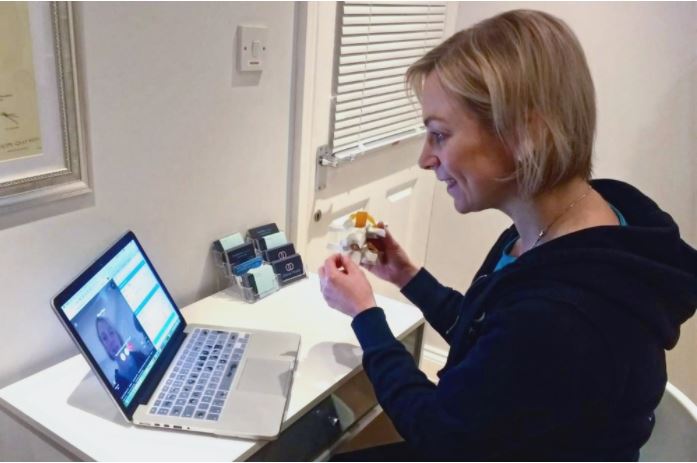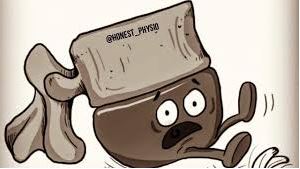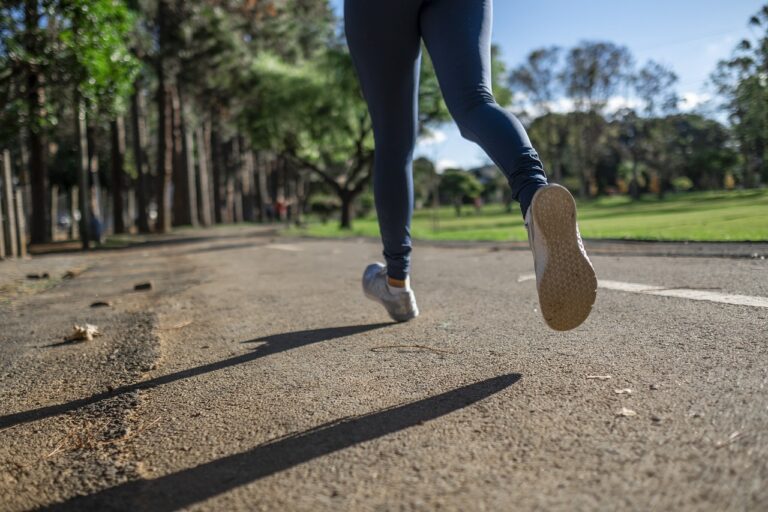Plantar Fasciopathy……plantar fascia whaty? You just have to live with it don’t you?
Earlier this week when I was driving to work I spotted a Post Lady hobbling down the street with her heavy bag. I thought to myself ‘that foot looks painful, I bet she’s got plantar fasciopathy’ (yes a physiotherapists brain never switches off-we are watching you!)
What is plantar fasciopathy I hear you cry! It is a very common condition, that up until recently we called plantar fasciitis which may sound more familiar to you. The reason for the change of name is not to make it more difficult to say but to reflect the fact that it used to be thought that it was caused by inflammation in the plantar fascia-hence the ‘itis’. However, recent research has shown this not to be the case, hence the change to fasciopathy, meaning it is a disorder of the plantar fascia.
The plantar fascia is a fibrous band that extends from the heel along the underside of the foot to the ball of the foot, fanning out as it goes. It’s job is to help support the arch in our foot and acts something like a spring as we walk and run, winding up as our foot hits the ground and letting go as our heel lifts of the ground to propel us forward-putting a spring in our step! Just like other soft tissues in our body, such as tendons, it is constantly be remodelled according to the forces that go through on a daily basis. If we are very active it will strengthen over time. If we become less active it will reduce in strength, as it no longer needs to cope with such high levels of stress going through it.
So what happens in plantar fasciopathy? Most commonly, when we have increased our activity too quickly, the plantar fascia does not have enough time to strengthen up and is unable to cope with the amount of force we are putting on it. We feel this as pain under the heel and/or pain in the sole of the foot. Sometimes the reverse is true; if we are not active enough the plantar fascia can become weaker which stresses it, causing pain. Additionally, being overweight can further overload it, adding to the problem.
What can I do to help heel pain?
Many people think that there is nothing that can be done for them and that they just have to live with it or have steroid injections. In fact, there is a great deal we can do to help plantar fascia pain. Firstly, cutting back on the activities which are overloading it is important. Then we need to gradually rebuild the strength of the plantar fascia through a carefully planned regime of loading exercises. In addition to this we can address other factors that place more stress on it such as weak or tight muscles, which will help prevent it coming back. We can use a variety of techniques to help manage the pain such as taping, soft tissue massage or stretches, which will allow you to do your exercises more easily and speed up your recovery.
So, you don’t have to just live with it or stop doing the things you enjoy. Come and see us at Omnia to see just how much we can do to help you and stop your suffering! Spread the word!
Sam









